Stay current
Get river news, FMR updates and event calendars twice a month.
Through hands-on events, monitoring, backyard plantings and online advocacy, FMR volunteers, advocates and staff help to protect, plant and restore critical pollinator habitat throughout the Twin Cities metro Mississippi River corridor.
page
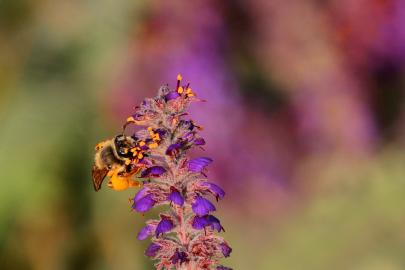
update
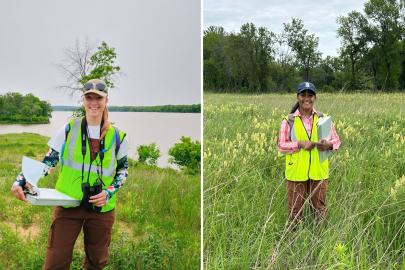
update
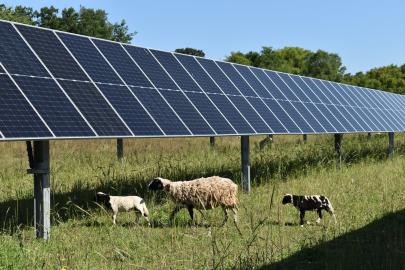
update

page
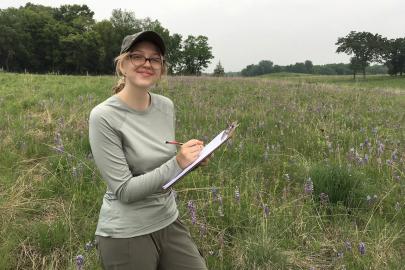
update
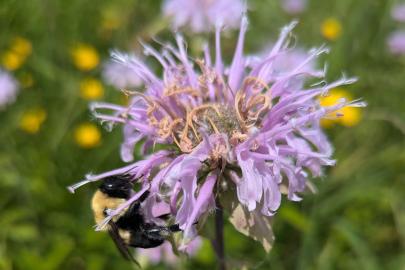
update
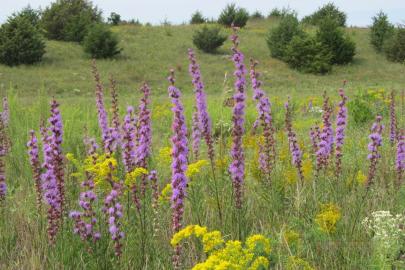
Get river news, FMR updates and event calendars twice a month.
Receive FMR's biweekly email newsletter, Mississippi Messages Sign up